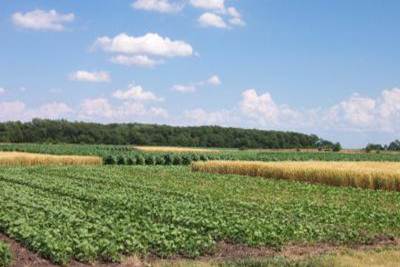The Agenda for the 2014 University of Illinois Corn & Soybean Classics
With the 2013 harvest mostly completed, I would like to take this opportunity to announce the agenda for the 2014 University of Illinois Corn & Soybean Classics. We look forward to welcoming back many who have attended one or more of our previous meetings and extend a warm welcome to those who will attend for the first time. The program will feature nine presentations that emphasize crop production, pest management, economics, and the interactions among them. …






